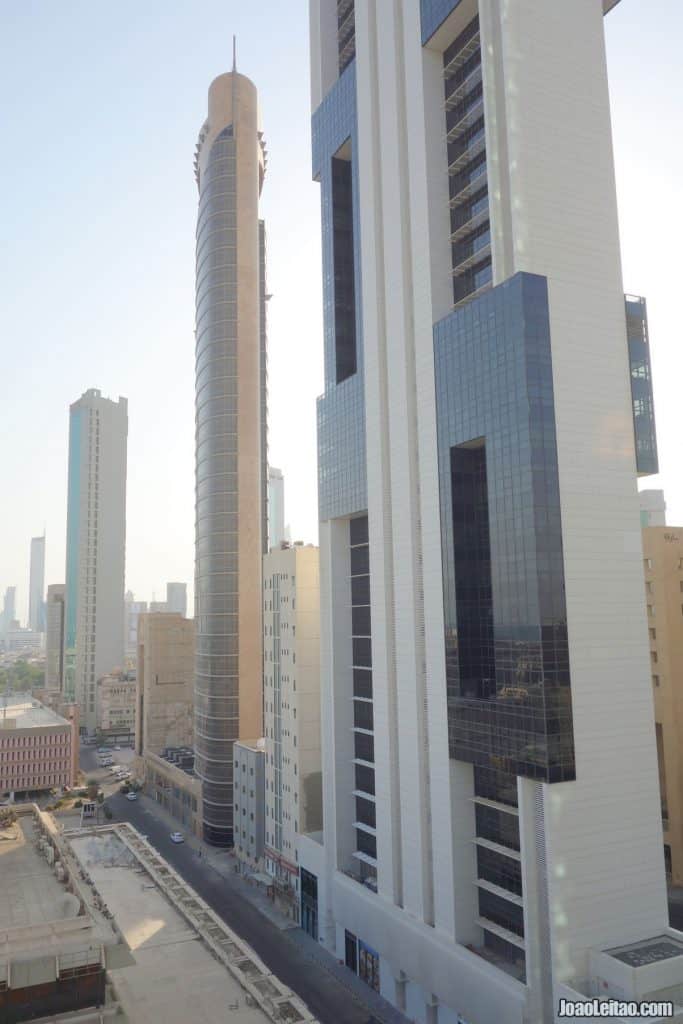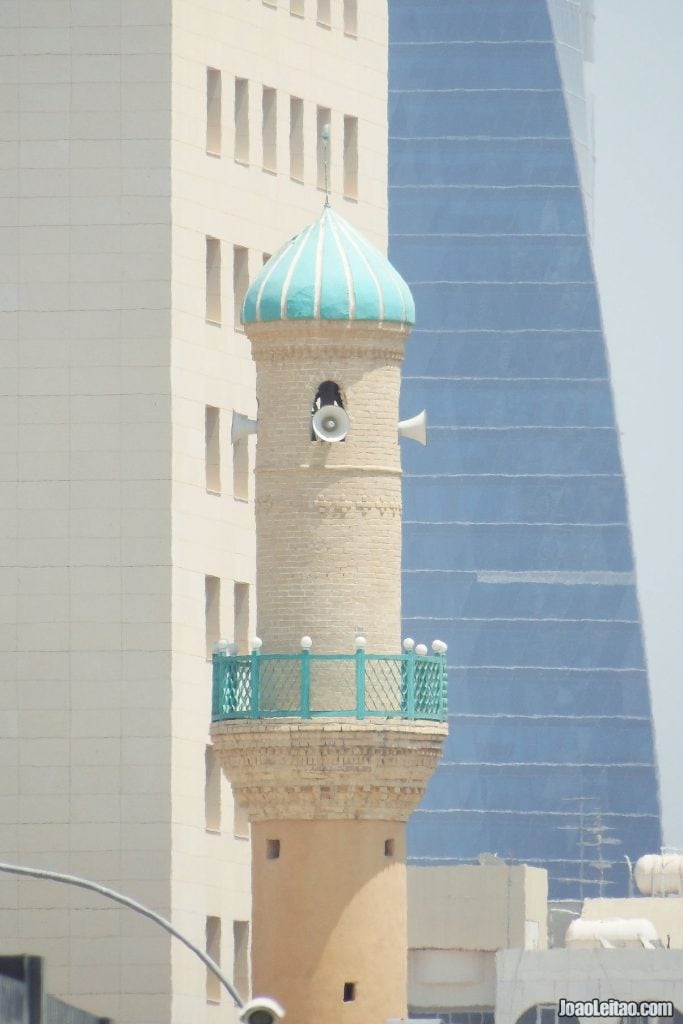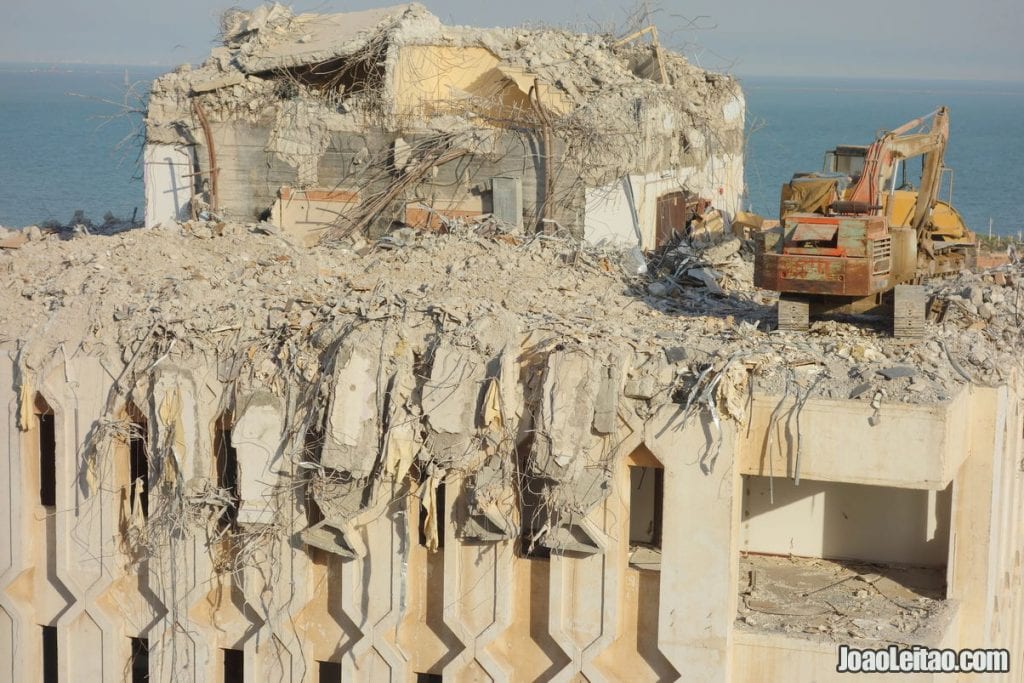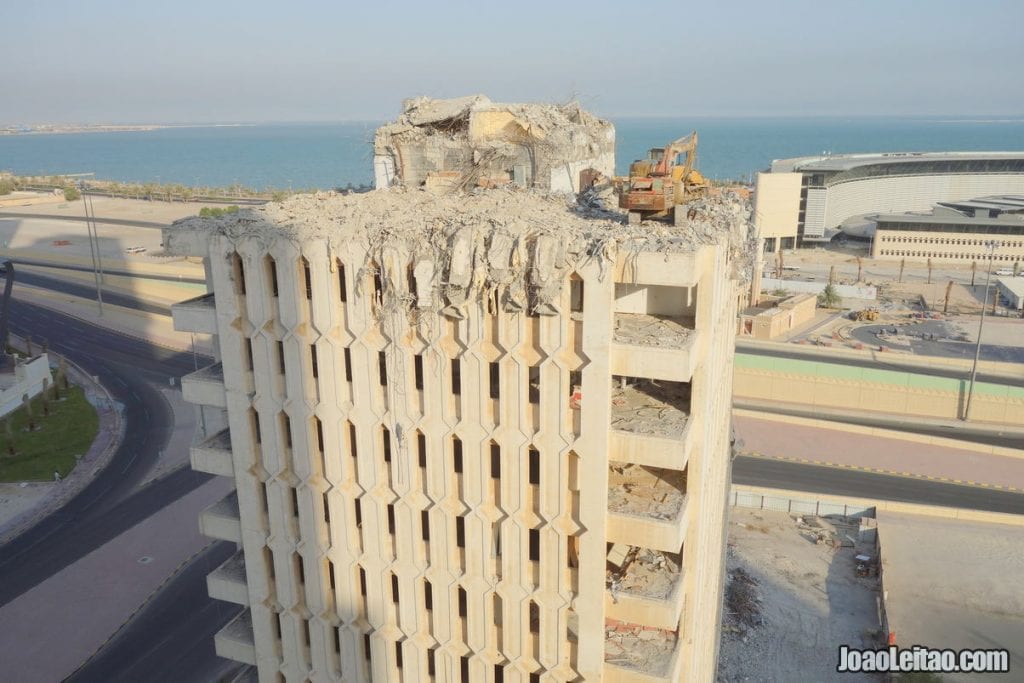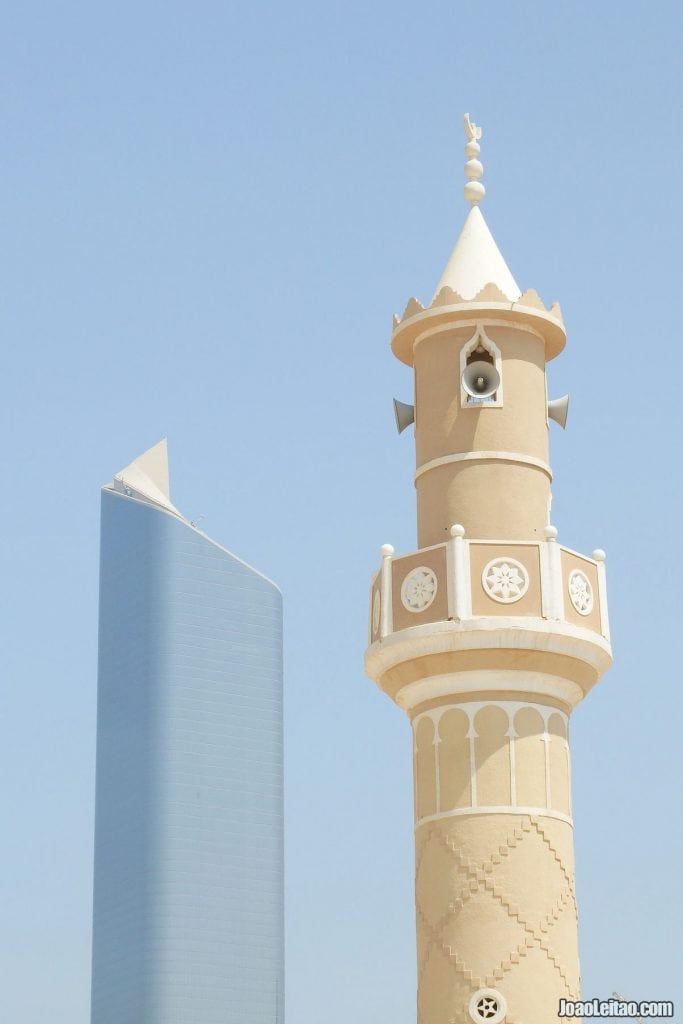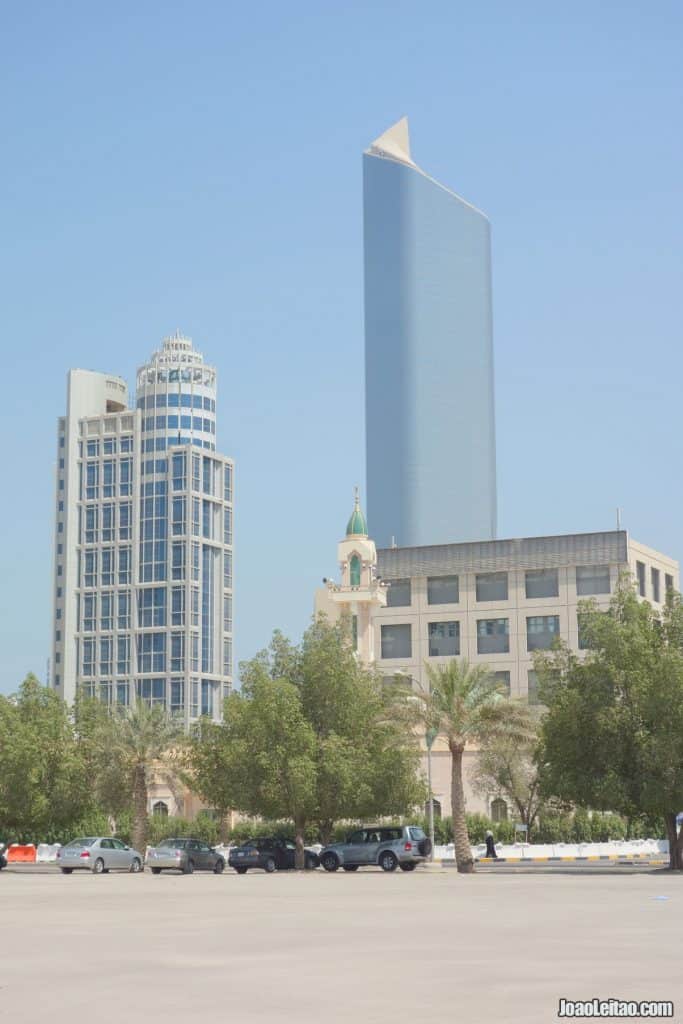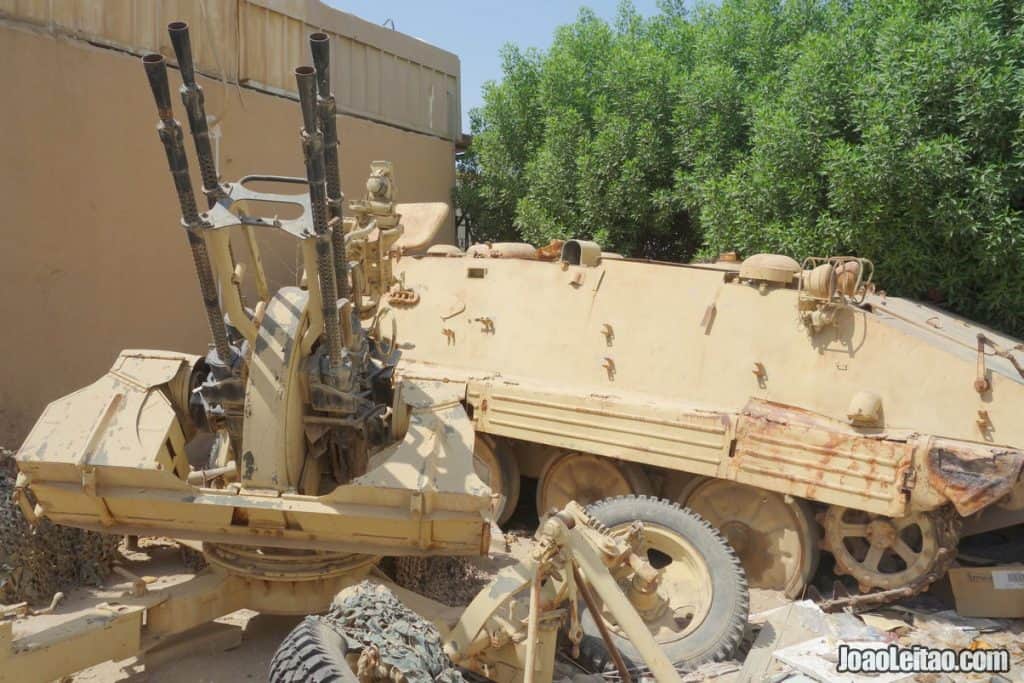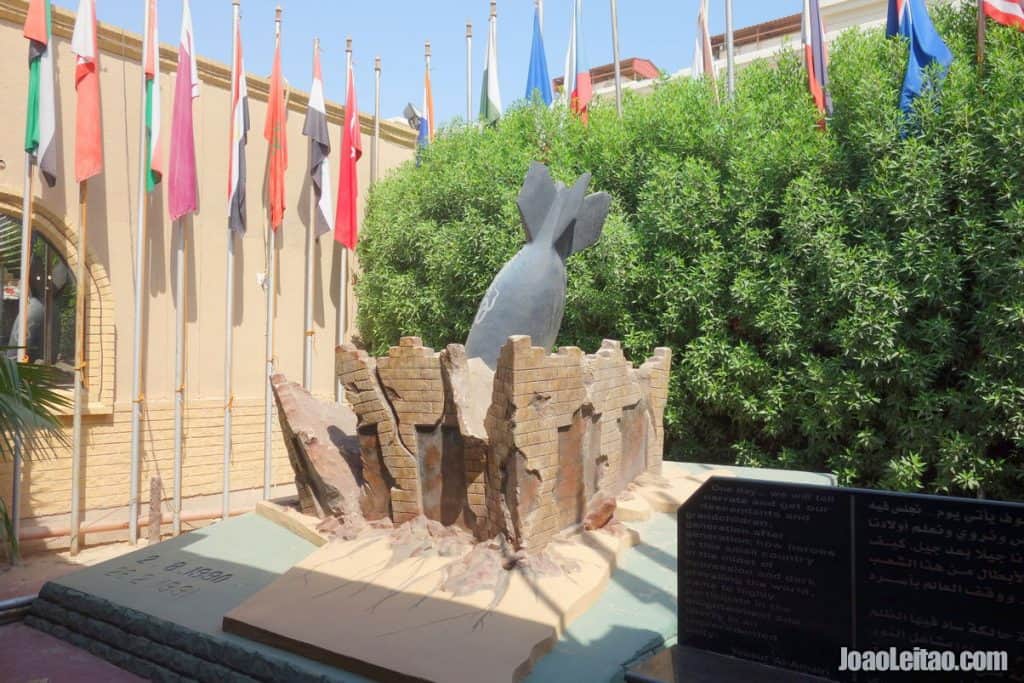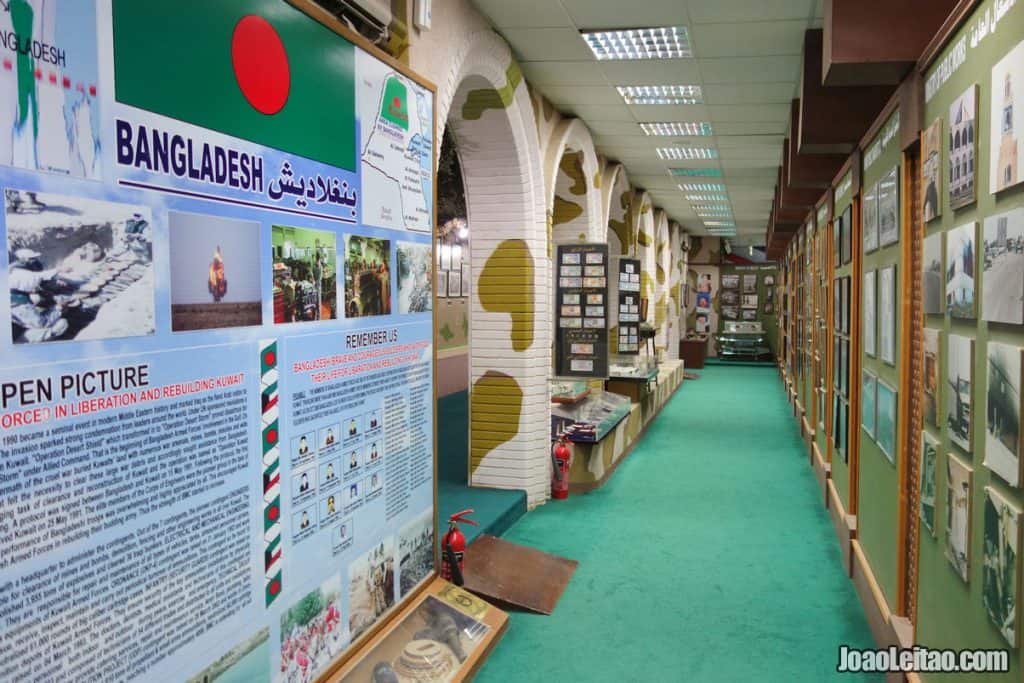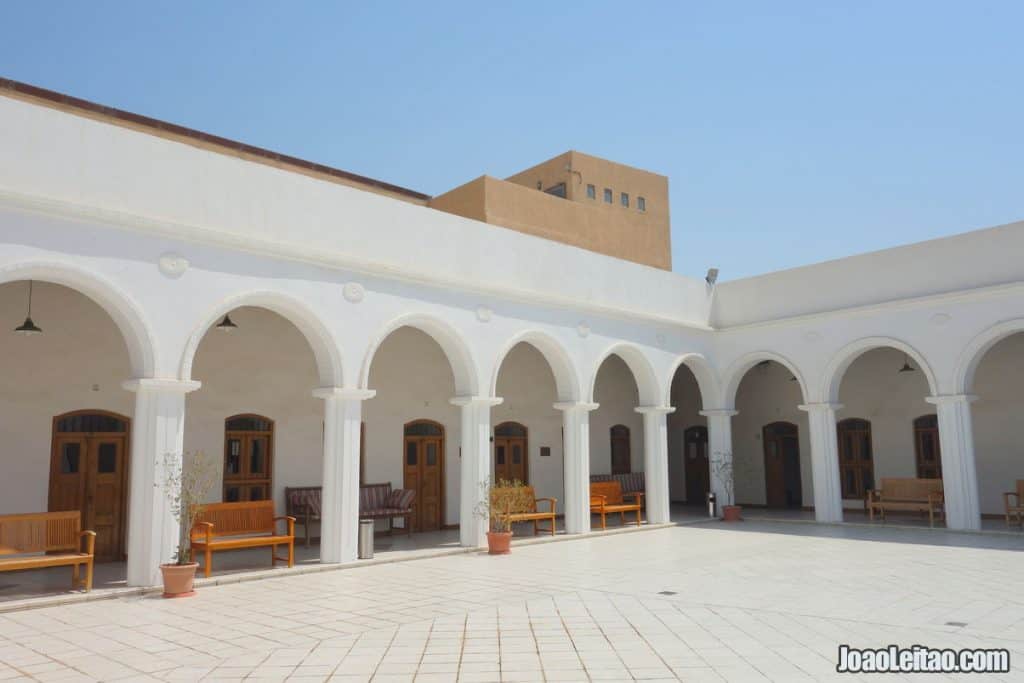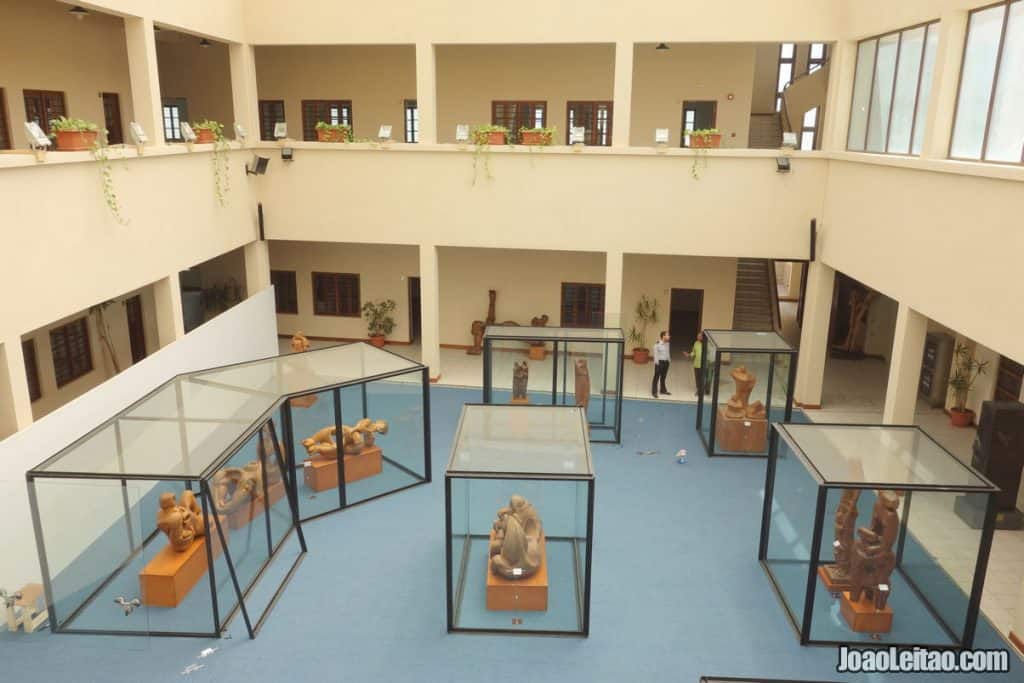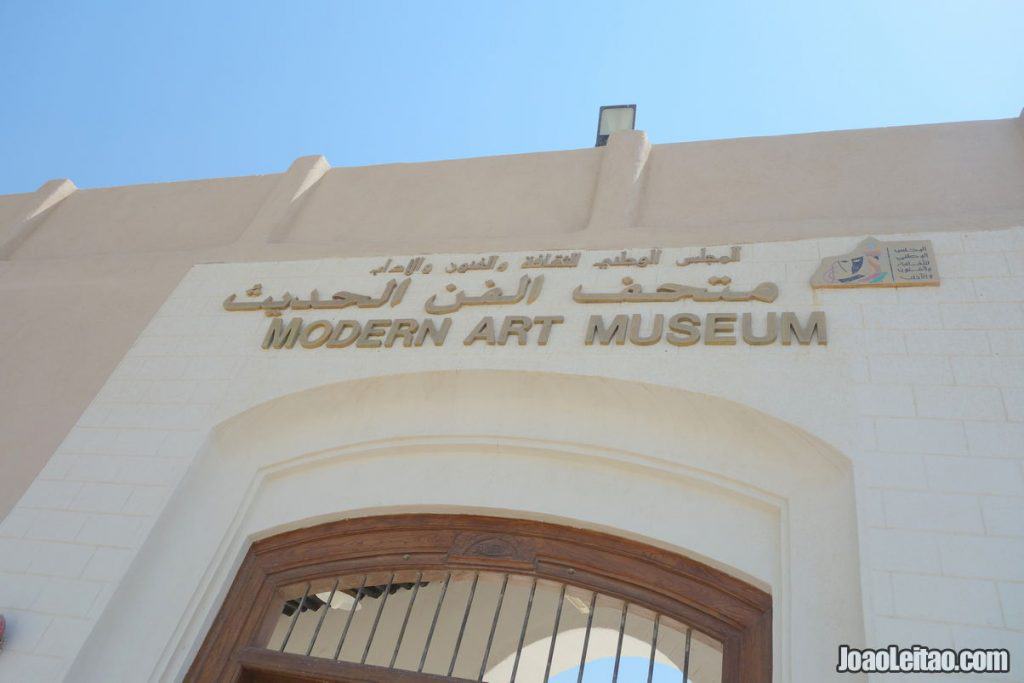Table of Contents
Visit Kuwait City
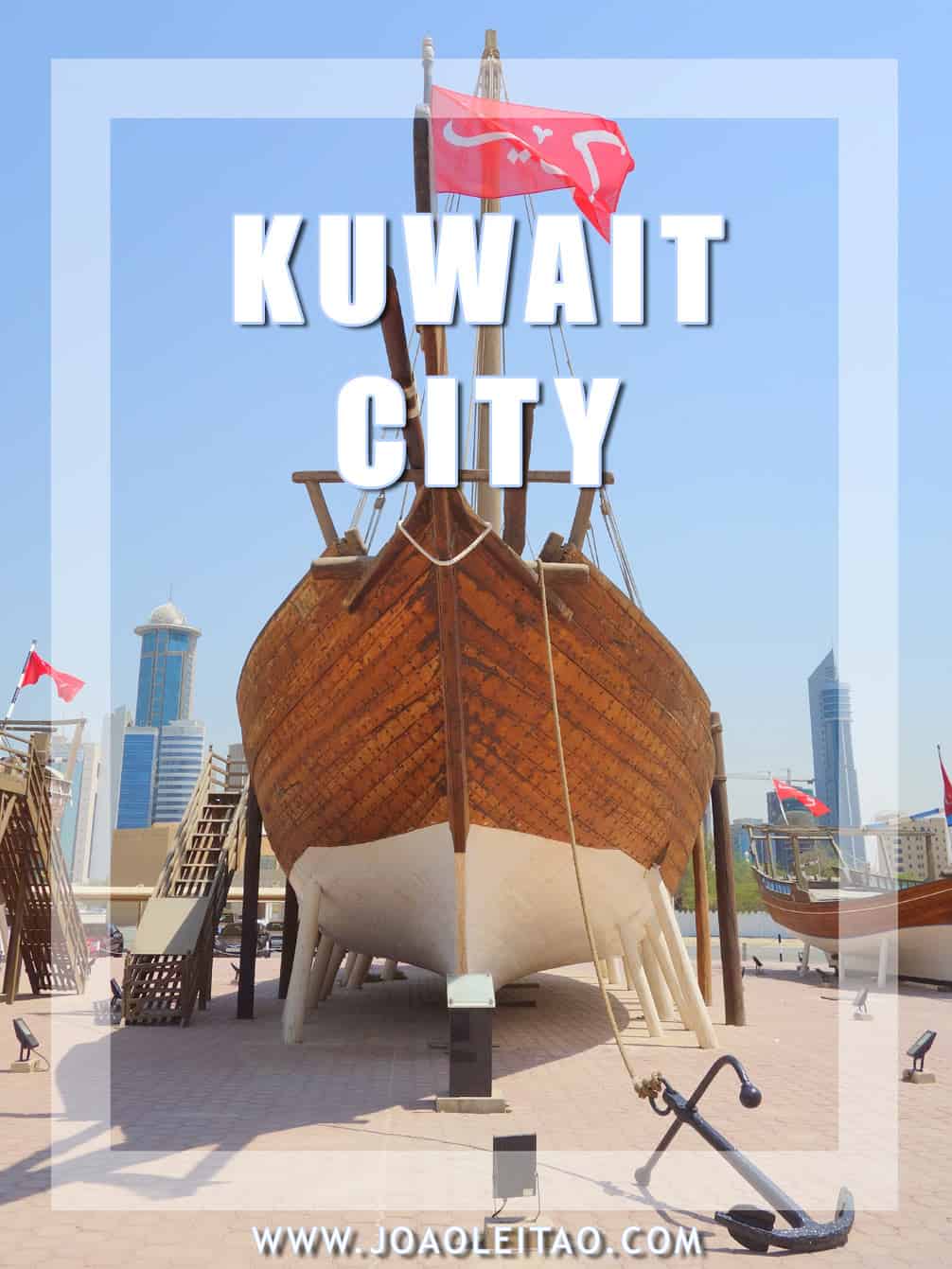
Kuwait is one of the political unions of the Persian Gulf that was transformed because of the oil industry. They were once small states without much importance, no more than a few dusty villages, that became symbols of wealth.
What happened here, happened in the United Arab Emirates, Qatar, and Bahrein. Its capitals became modern cities, wit]h very few traces from the past, where visitors come to consume and admire the financial power that the oil industry brings.
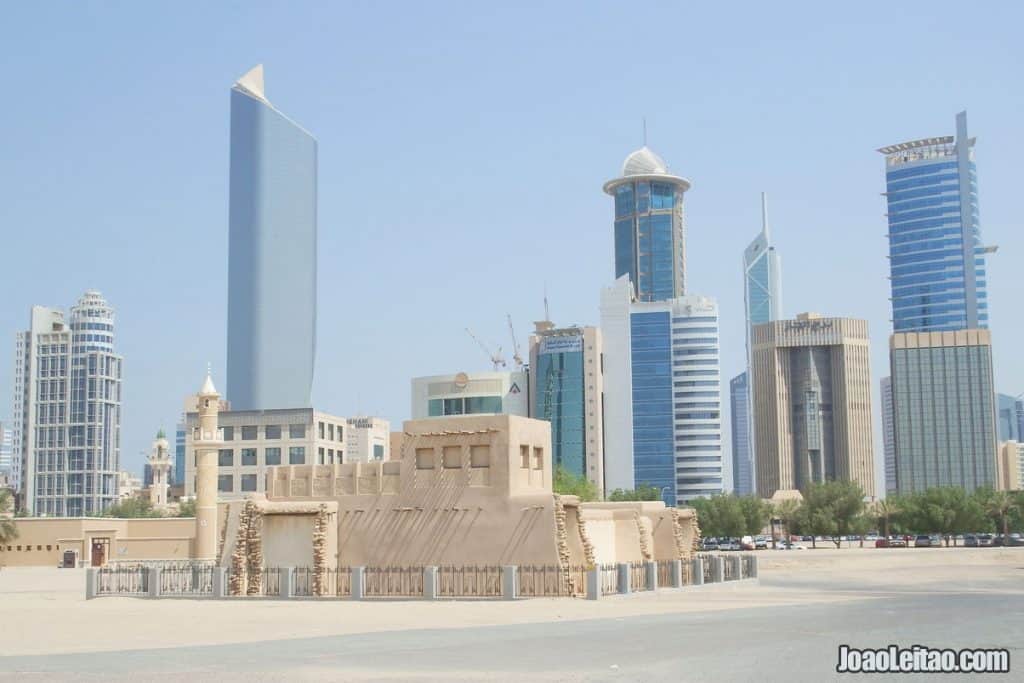
Dubai will always be a reference among these cities, but Kuwait City offers the same type of experience. There’s a different element here, though, the physical and psychological marks left by the Iraqi invasion in 1990 and the following restoration of the emirate’s sovereignty. That conflict damaged a lot of the city’s heritage, which had to be rebuilt and in some cases improved after 1991.
To visit Kuwait City it’s quite easy. Modern architecture, grand mosques, and the few things from a pre-oil time that still exist are part of the appeal of Kuwait City. As in the rest of the region, the climate here is dry and hot, so it’s best to not visit in the summer.
Top Landmarks & Sights in Kuwait City
- Kuwait Towers
- Great Mosque of Kuwait
- Liberation Tower
- Al Hamra Tower
- Seif Palace
- Museum of Science and Natural History of Kuwait
- Souq Al Mubarakeya Market
- Kuwait Maritime Museum
- Historic area of Kuwait City
- Nahedh Mosque
- Iraq Invasion Museum (Kuwait House for National Works Museum)
- Fishing port
- Dasman Beach
- Modern Art Museum
Video with aerial images of Kuwait
Very good video so we can see the different tourist attractions of Kuwait city.
Kuwait City – A bit of history
Kuwait City is on the coast of the Persian Gulf. War comes to the mind of most people when they hear about Kuwait, but Kuwait City is like any other big city in the Middle East, with modern skyscrapers shaping its cityscape and buildings showcasing the wealth of the country. Visiting Kuwait and not exploring Kuwait City is to miss the chance of seeing a must-visit destination.
Kuwait City went from a fishing village to a luxurious city when oil was found in the 1930s. The Kuwait Towers (water tanks) is one of the city’s most famous landmarks that double as a lookout. From the top, you get a 360-degree view of the city.
Liberation Tower is more recent, and it began construction before the Iraq invasion in 1990. However, it became a symbol of Kuwait’s liberation from the Iraqi forces and was named Liberation Tower to honor that. This tower is a national monument, and despite being a telecommunications tower, it has a restaurant and an observatory.
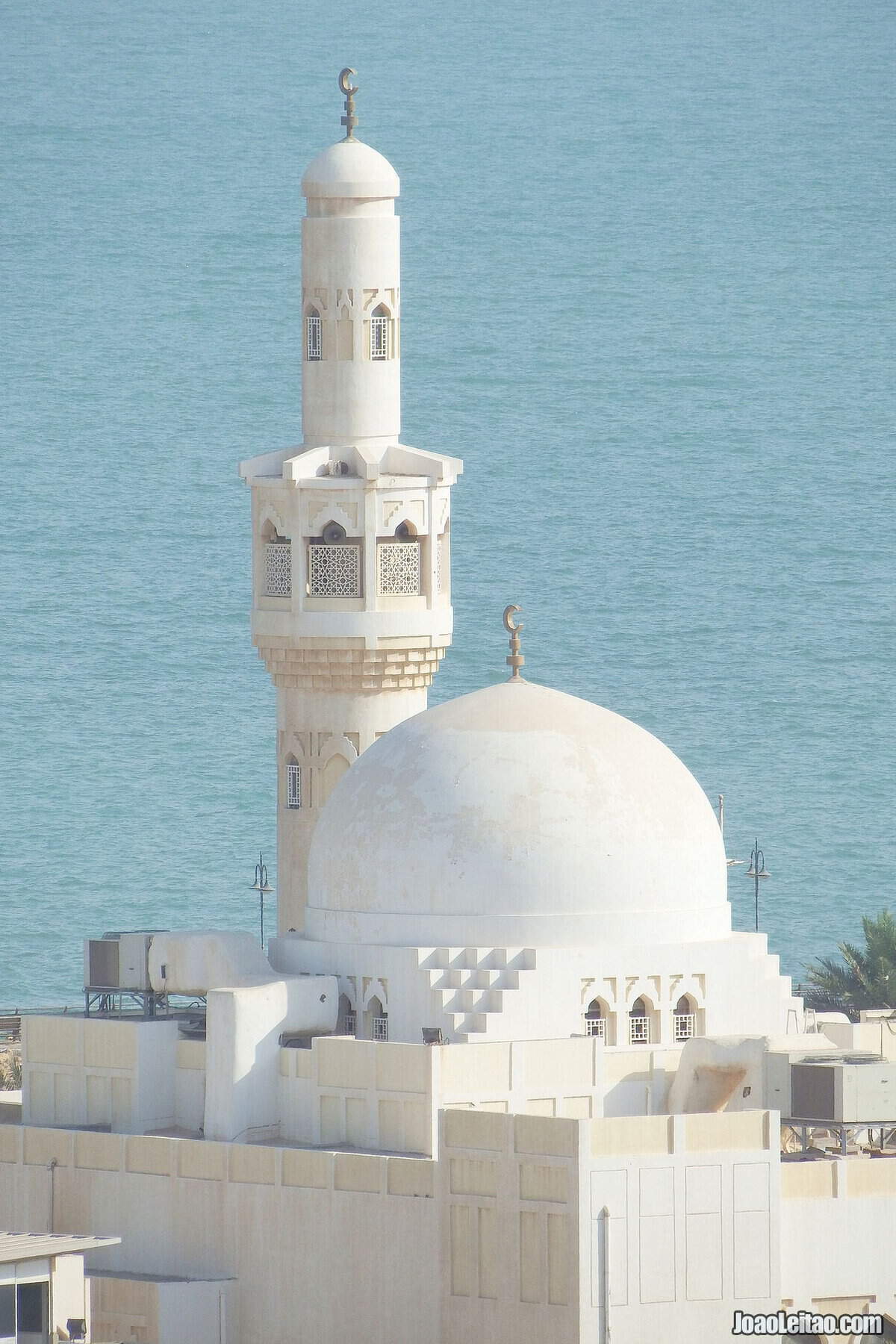
The list of modern buildings with a bold design is long but if you want to get the feel of a more traditional environment, explore the Souk Al-Mubarakiya and immerse yourself in the daily lives of the locals. If you prefer a glimpse of the rich people’s lifestyle, then you have plenty of shopping malls to choose from.
If you need a break from the city, catch a ferry to Failaka Island. It’s about a one-hour trip on the Persian Gulf. Ancient Greeks colonized this island, and you’ll see some archaeological traces from those times, including the Fort and the Hellenistic Temples.
Personally, I like the Gulf countries, and I couldn’t skip the opportunity to visit this city. Even though it’s not the most touristic country in the region, I had a very interesting and inspiring trip.
Quick tips for Kuwait
- Wake up early to be the first to get into monuments, museums, or other points of interest;
- Go up the Liberation Tower – the best view of the city;
- The Kuwait House for National Works Museum is very interesting;
- Always carry a bottle of water.
Where to go when you visit Kuwait City
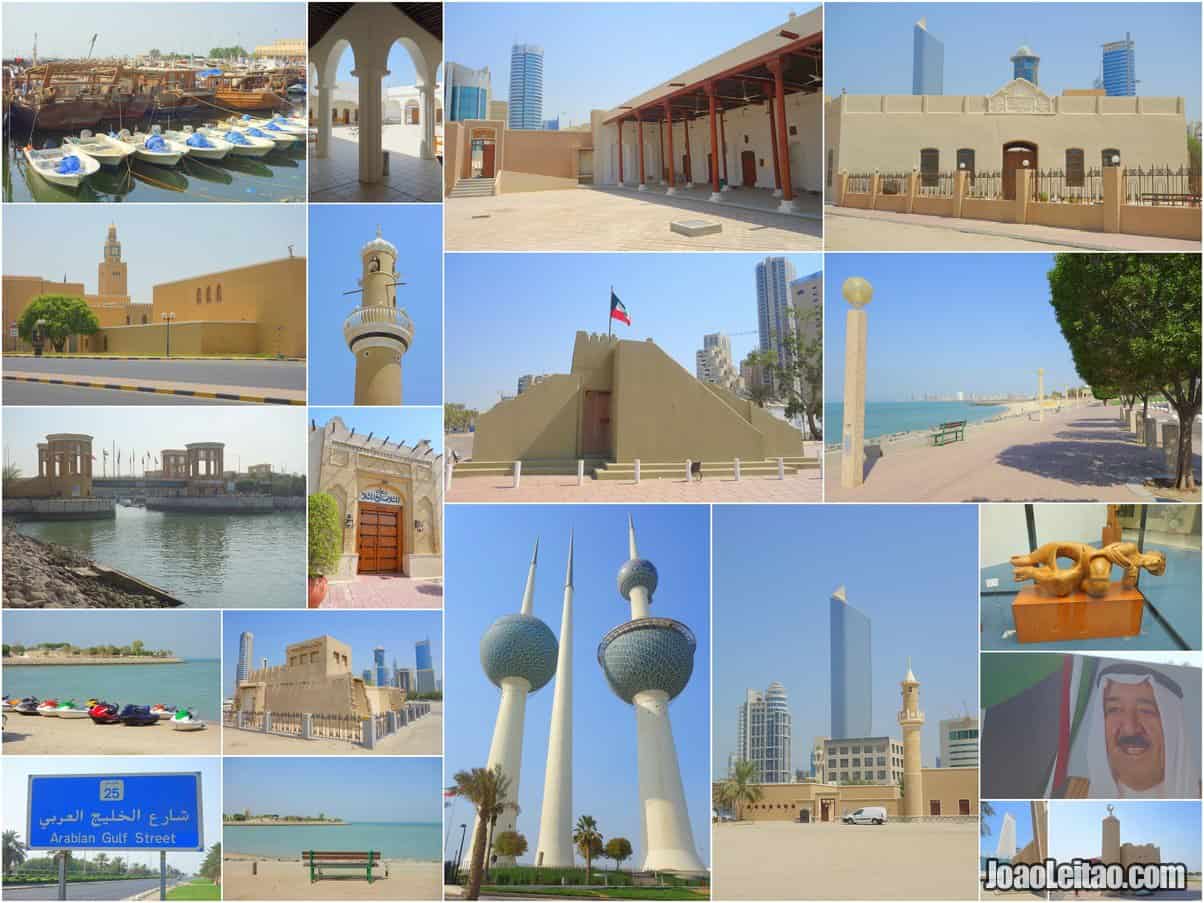
1. Kuwait Towers
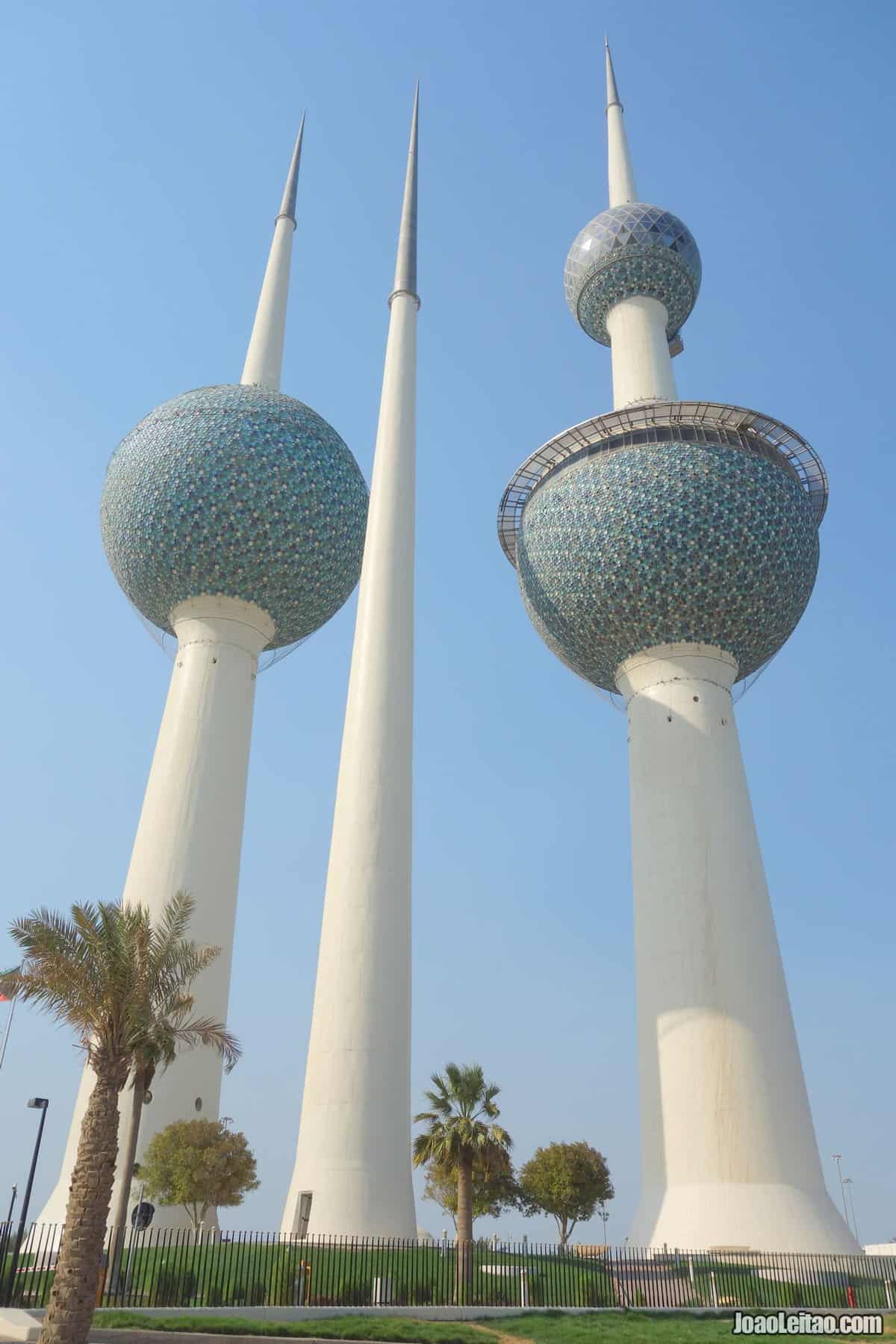
The Kuwait Towers, known by locals as Burjan Al Kuwait, is a group of three massive structures, which are, surprisingly to many, water towers. They’re part of a system of a total of 34 towers, but these became famous for its exquisite design. The idea to build them was born in 1961, right after the independence of Kuwait, but they were only finished in 1979, designed by Danish architect Malene Bjørn as a symbol of the country’s prosperity.
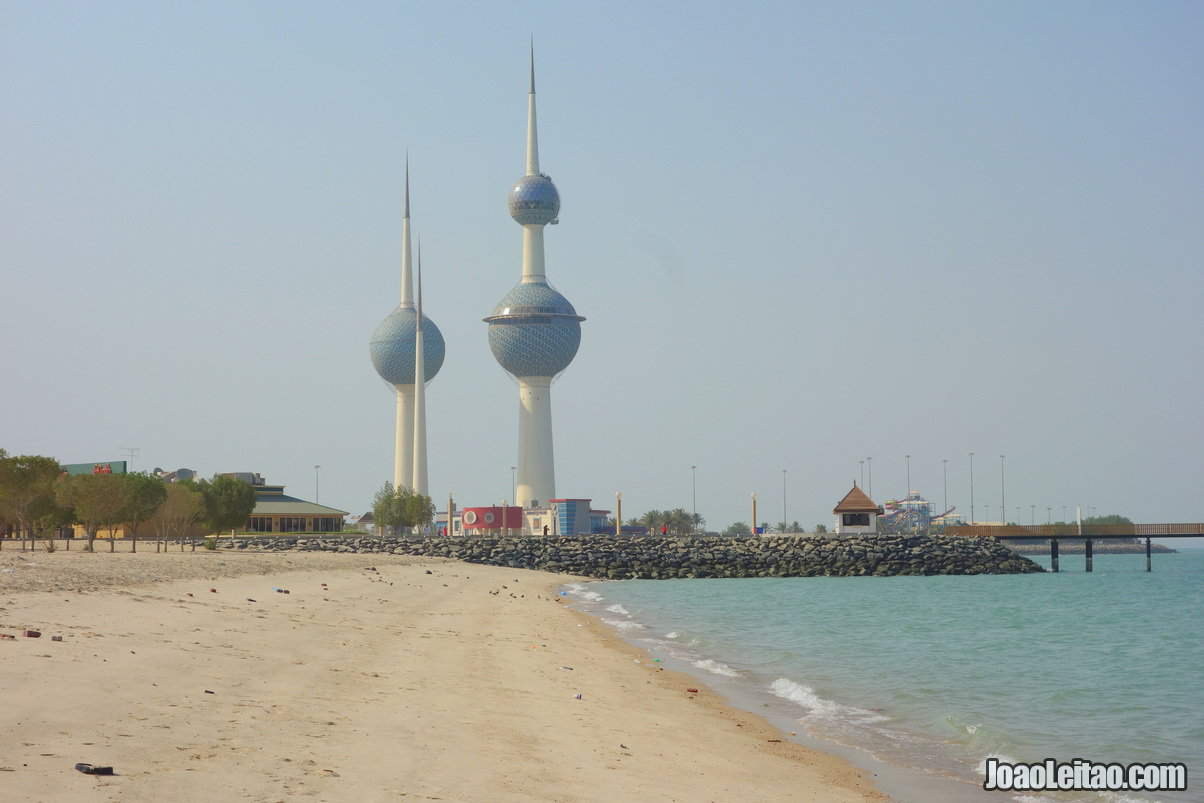
The design is a mix of traditional Arabic visual elements, like the minarets, and contemporary concepts. When Iraq invaded Kuwait in 1990, the structures were severely damaged. They were extensively restored after Kuwait regained sovereignty, in 1992. You can visit the towers, which include a restaurant and two cafes, from where you can see the view at 80 meters high.
2. Kuwait Maritime Museum
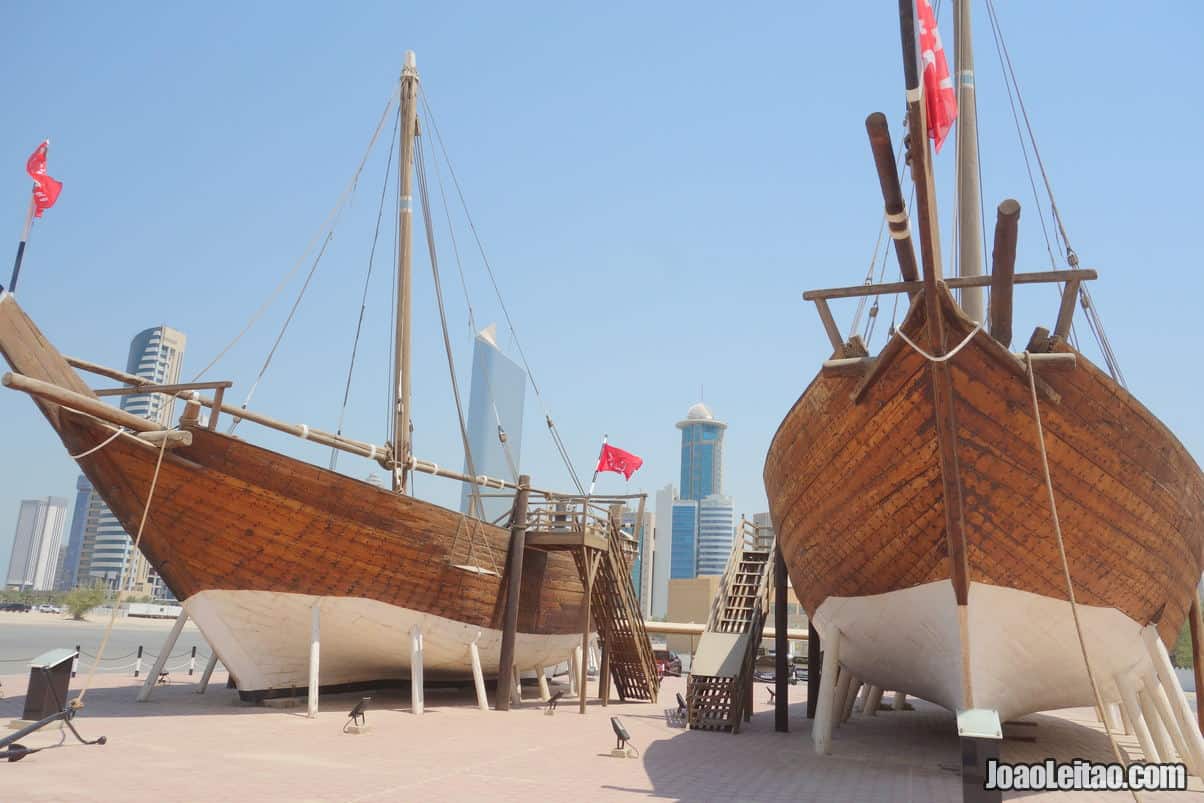
As its name reveals, this museum is dedicated to the maritime activity in Kuwait and it opened in 2010. It’s a small but interesting exhibition, with all pieces with legends in Arab and English. The museum makes us travel to a Kuwait that no longer exists, the one before oil was discovered, around the 1930s. At that time, the ocean was the economic support of Kuwait, for trade and the pearls. You’ll notice the two large dhows at the entrance and then you can continue your visit for free. Yes, admission is free and you’re allowed to use cameras inside.
3. Liberation Tower
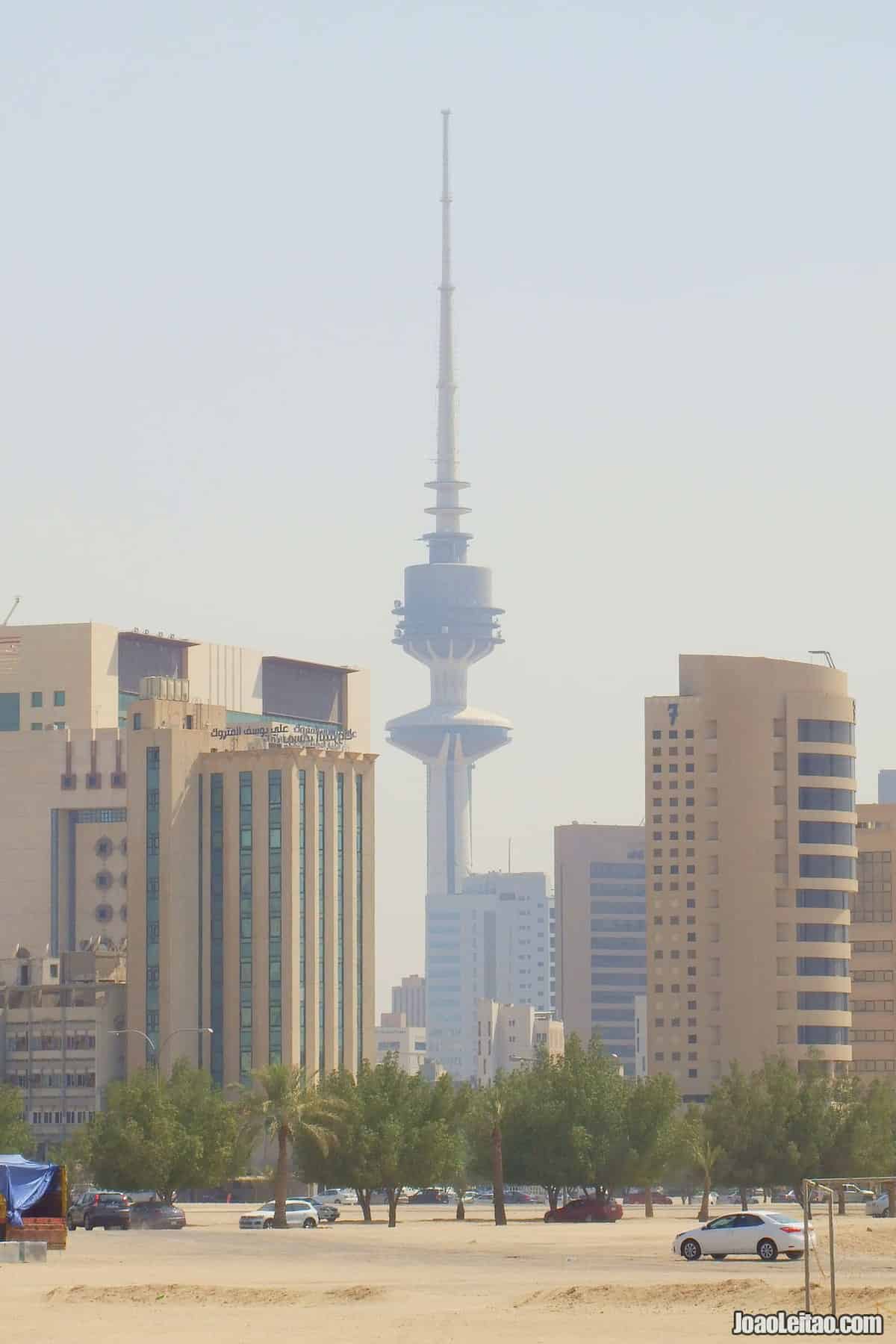
Liberation Tower is the tallest structure in Kuwait City and the fifth tallest telecommunication tower in the world, with 372 meters. The original name would have been The Kuwait Telecommunications Tower and the construction began shortly before the Iraqi invasion in 1990. Fortunately, the war didn’t damage the half-built structure. It was finished in 1993 and named after Kuwait regained independence after the occupation. Although it includes an observation deck and a rotating restaurant, the access to those areas has been revoked a while ago. In addition to telecommunication equipment, there are six floors with offices in the tower.
4. Bombed building from 1991 invasion
Kuwait Airways building destroyed during Iraq invasion in 1991. It seems this place it left untouched so that people remember the horrific occasion. I made these pictures from the window of the hotel I stayed in Kuwait, the
Carlton Tower Hotel.
Book your room at Carlton Tower Hotel in Kuwait City
5. Al Hamra Tower
Al Hamra Tower is a spectacular modern building that finished construction in 2011. It has 80 floors and is 414 meters tall, with a bold design that allows for optimal views from all floors and reduces the thermal impact of solar exposure. Offices occupy most of the building, but it also has a shopping mall, a health club and many restaurant options, including the luxury restaurant at the top of the tower. Al Hamra is the second tallest building in the Middle East, the second tallest concrete structure in the world, the fifth tallest office building in the world, and, overall, the 12th tallest building in the world.
6. Seif Palace
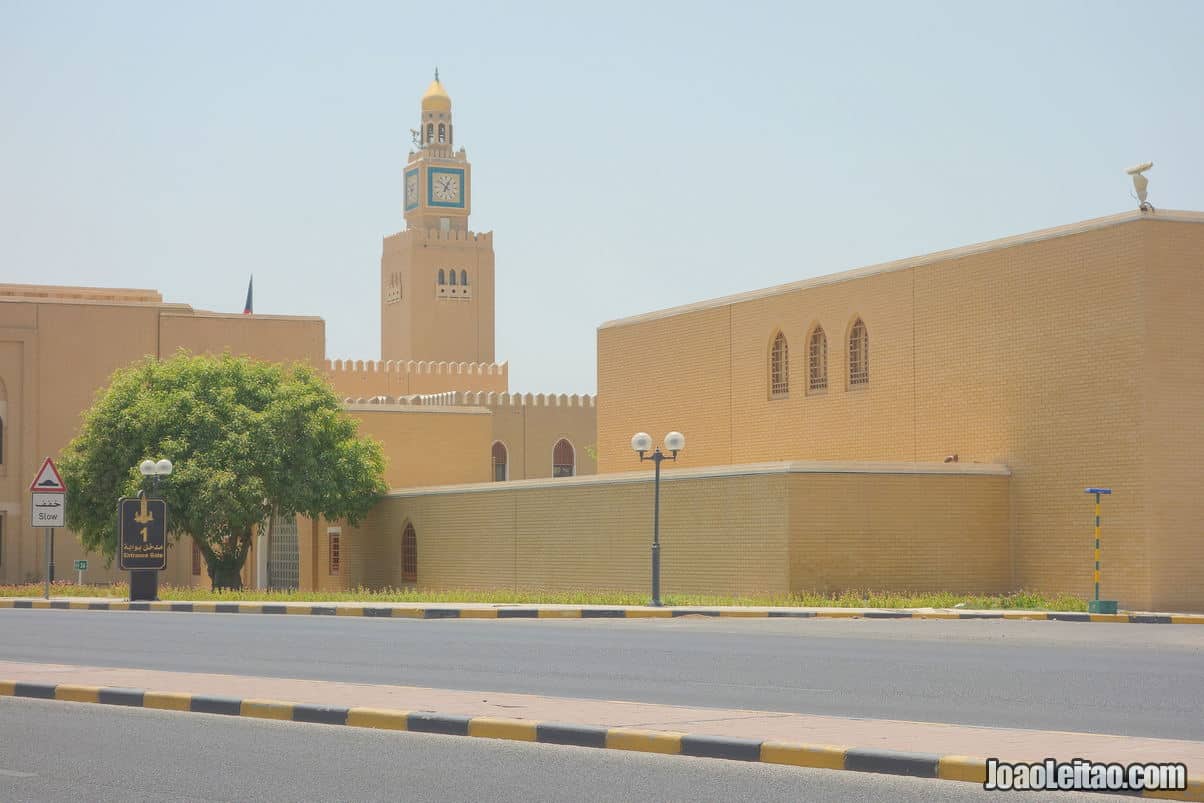
Located in front of the Grand Mosque, Seif Palace is one of the few traces of Kuwait City’s historical past. It should be the official residence of Kuwait’s royal family but they actually live at the Bayan Palace, while Seif is used only for some ceremonies. Sheikh Mubarak had it built in 1896. Construction ended in 1910 and in 1913 it became the first building in Kuwait with electricity. It was initially the headquarters of the government of Kuwait. The clock tower, in New-Arabic style with beautiful blue mosaics and a solid gold dome, it’s the most significant feature. The building was severely damaged during the Iraqi invasion and during the war that followed. Unfortunately, the palace can’t be visited.
7. Souk Al Mubarakeya Market
Although it looks artificial and modern, Souk Al Mubarakeya is one of the few survivors of traditional Kuwait, of what existed before the finding of oil. Like many other buildings in the city, it was damaged during the Iraqi invasion and was recently restored with a series of improvements, which included replacing the concrete floor with brick tiles. At the market, that’s been in business for over 200 years, you will find a wide range of products: jewelry, gold, artisanal perfumes, vegetables, meat, fruit, fish, spices, sweets, and anything else you can think of. There are two small free entrance museums at the market, Sheikh Mubarak Kiosk and the First Pharmacy of Kuwait. Here’s a little secret: there’s a courtyard near the Al-Bahar mosque with traditional cafes where you’ll find you can eat and drink for the most affordable prices in Kuwait.
8. Bait Ghaith Bin-Abdullah
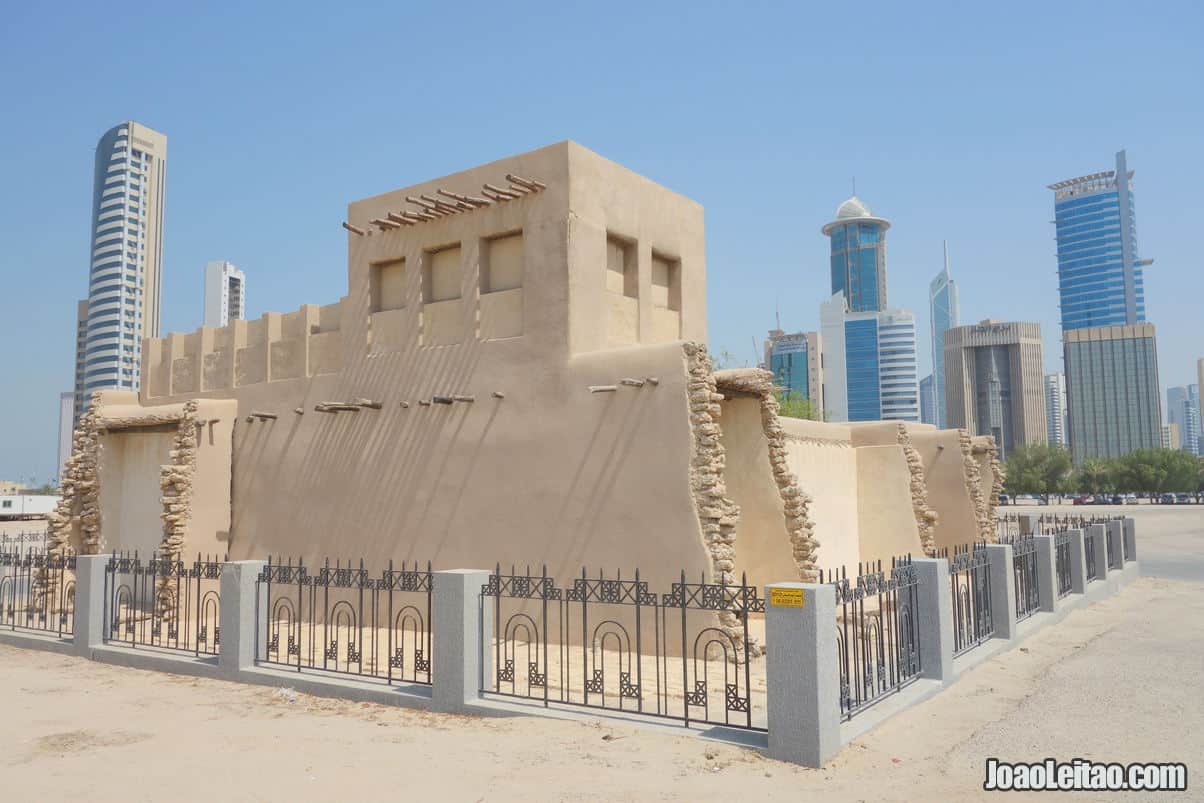
Bait Ghaith Bin Abdullah Bin Yousif was built in the 1930s. It is located near the Museum of Modern Art. Bait Ghaith is one of the old Kuwaiti houses.
9. Kuwait Beaches
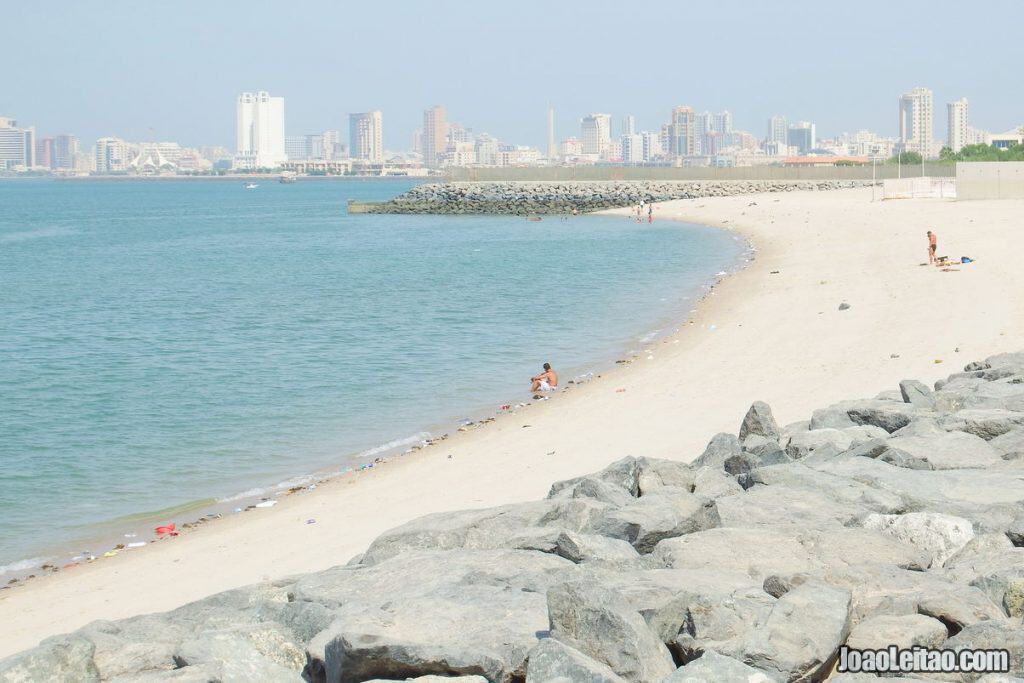
There are many nice beaches in Kuwait. If you’re into spending a couple of hours in the sun, try Messilah Beach, Marina Beach and also Shuwaikh Beach.
10. Kuwait House for National Works Museum
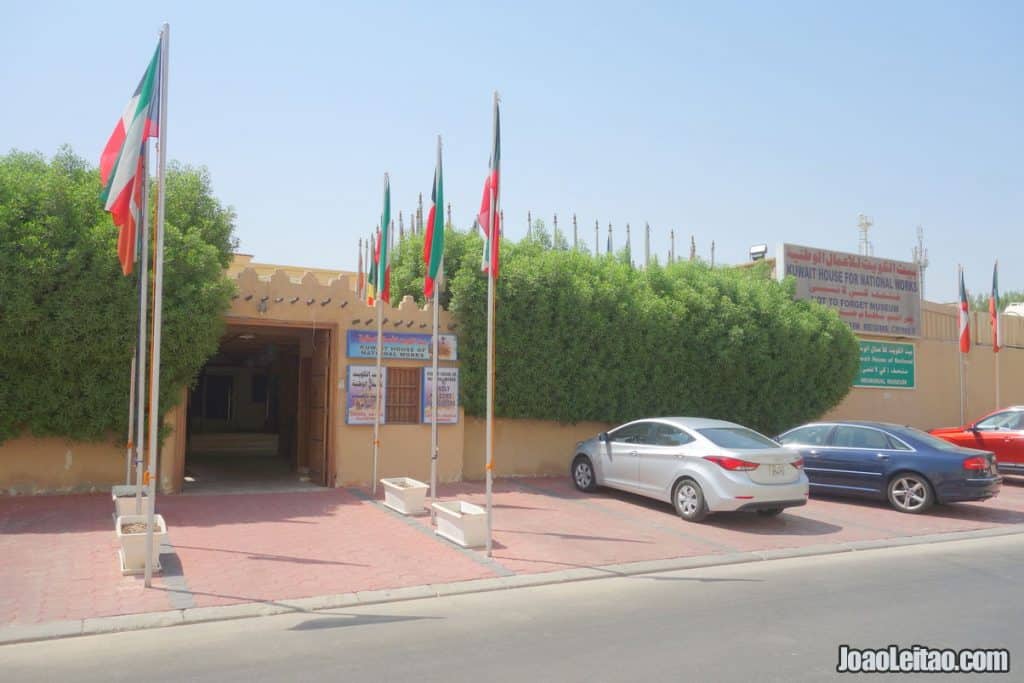
The Iraqi invasion in 1990 was a traumatic moment in the History of Kuwait and traumatic experience for most of the people living in this emirate. Therefore it’s natural that they have a museum dedicated to it. It’s in Shuwaikh, further from the center, about 40 minutes by taxi. It’s a modern museum with an exhibition that’s complemented with special effects and sounds of explosions captured during the hard times of the war.
The ten sections of the museum show what’s expected: operation maps, photos, documents, artifacts used at war, weapons. All framed by informative captions in a highly patriotic tone, emphasizing the bravery of local and foreign soldiers who were involved in the liberation of Kuwait.
11. Kuwait old district
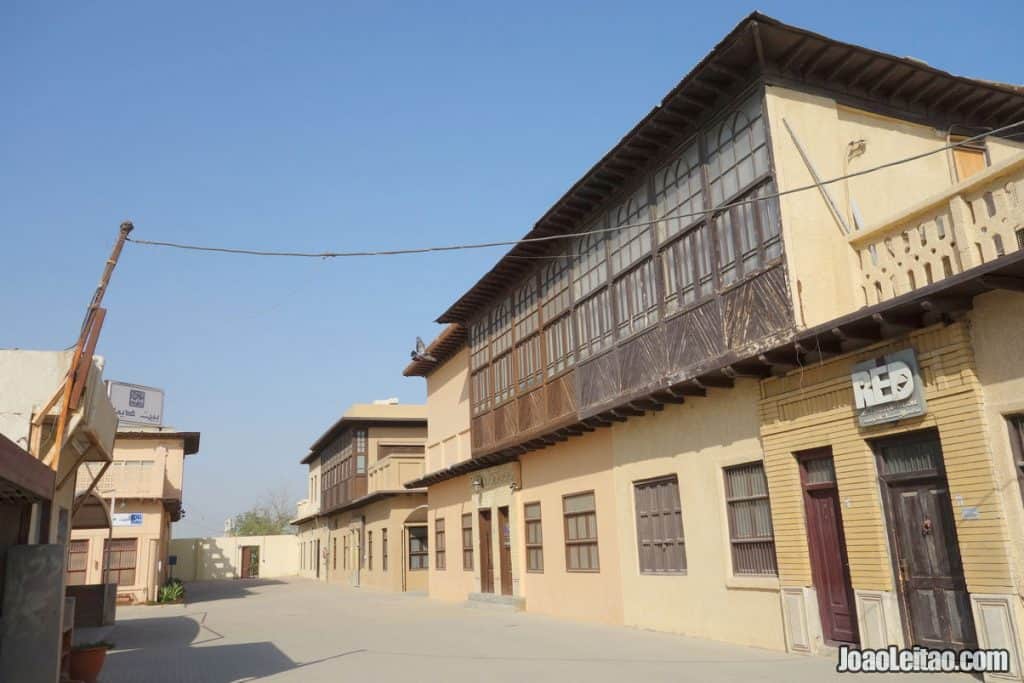
Although a bit small, we can still explore the old part of Kuwait City.
12. Grand Mosque Kuwait
Located in the city center, it’s the official mosque of the Kingdom where all official celebrations take place. It started building in 1979 and was finished in 1986. It has a traditional Islamic style with Persian influences and it’s a massive building with 20,000 square meters, with a prayer room big enough for 10,000 people. The dome is 43 meters high and 26 meters in diameter. You can visit the mosque in the morning, at 9:00 am, and there’s a free guided tour that lasts for about two hours and when you can take as many photos as you wish. The five-floor parking lot has room for 600 cars and in case of need, it can be used as an extra space for praying.
13. Kuwait Fishing Harbor
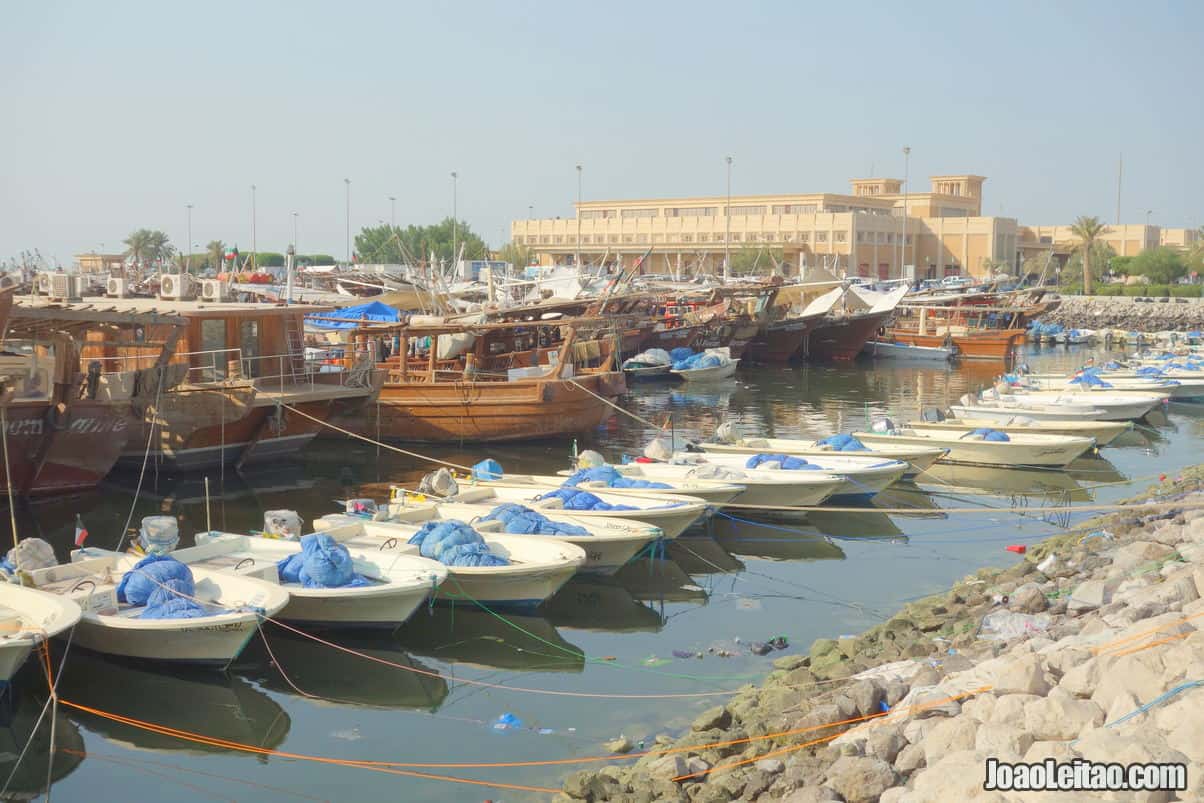
At the Fishing Harbor you can see a high number of dhows, the traditional ships of the Persian Gulf, used for trade and fishing and that, despite the region’s wealth, are still used as they were hundreds of years ago. Fateh El-khair, based behind the Al-Ard Scientific Center, is one of the largest original dhows that still exist. That kind of boat used to have a crew of 12 to 30 sailors. In Kuwait, it was used for diving for oysters and their precious pearls. 1990 was a dark year here too when the Iraqi sank several of these irreplaceable traditional boats.
14. Kuwait Museum of Modern Art
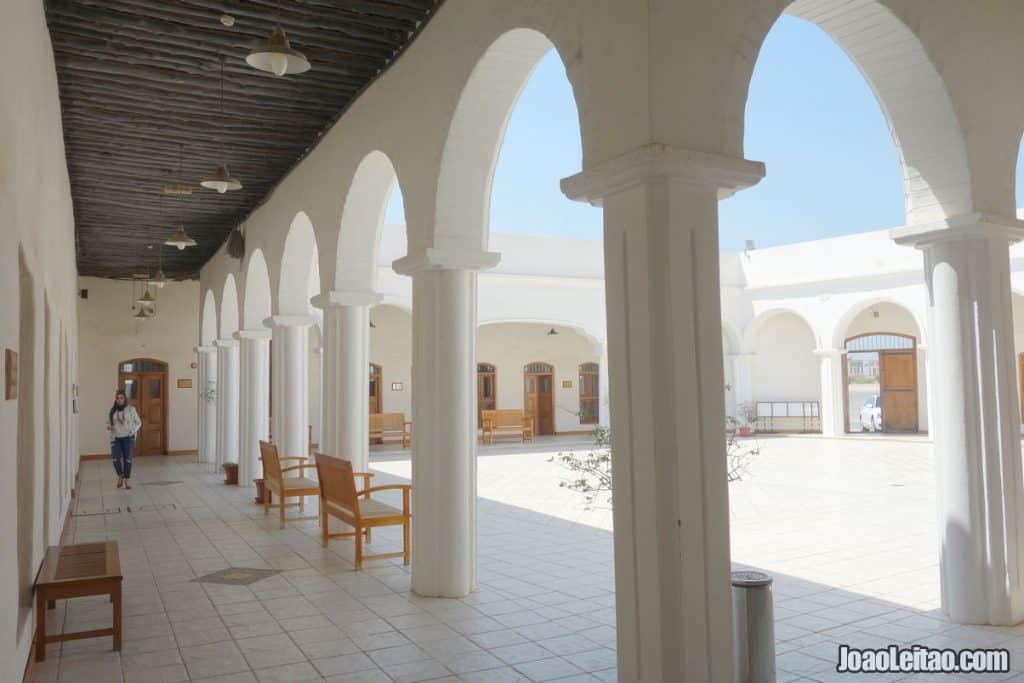
The Museum of Modern Art in Kuwait City is lowkey. The location isn’t obvious and the access also isn’t clear, but it can, however, be a pleasant source of enjoyment starting with the building itself. It was built in 1939 and used as a madrasa (religious school), where generations of important Kuwaitis studied, including the current emir Sabah Al Ahmad.
In 1997 it transferred to the National Committee for Culture, Arts and Literature and it was carefully restored from the damage inflicted by the 1990 invasion, reopening as a museum in 2003. The collection focuses on the Persian Gulf region modern art, with pieces by national artists scattered across the rooms that were once the classrooms of the madrasa.
Kuwait City Itinerary
To find out the best time to visit Kuwait you need to know more about the seasons and the local climate. The best time to visit Kuwait is from November to March.
The climate in Kuwait is dry, and because it’s located in a desert, temperatures fluctuate overnight. Summers are extremely hot while winters are very cold and windy. Sand storms are frequent throughout the year.
1 Day in Kuwait City (24 hours)
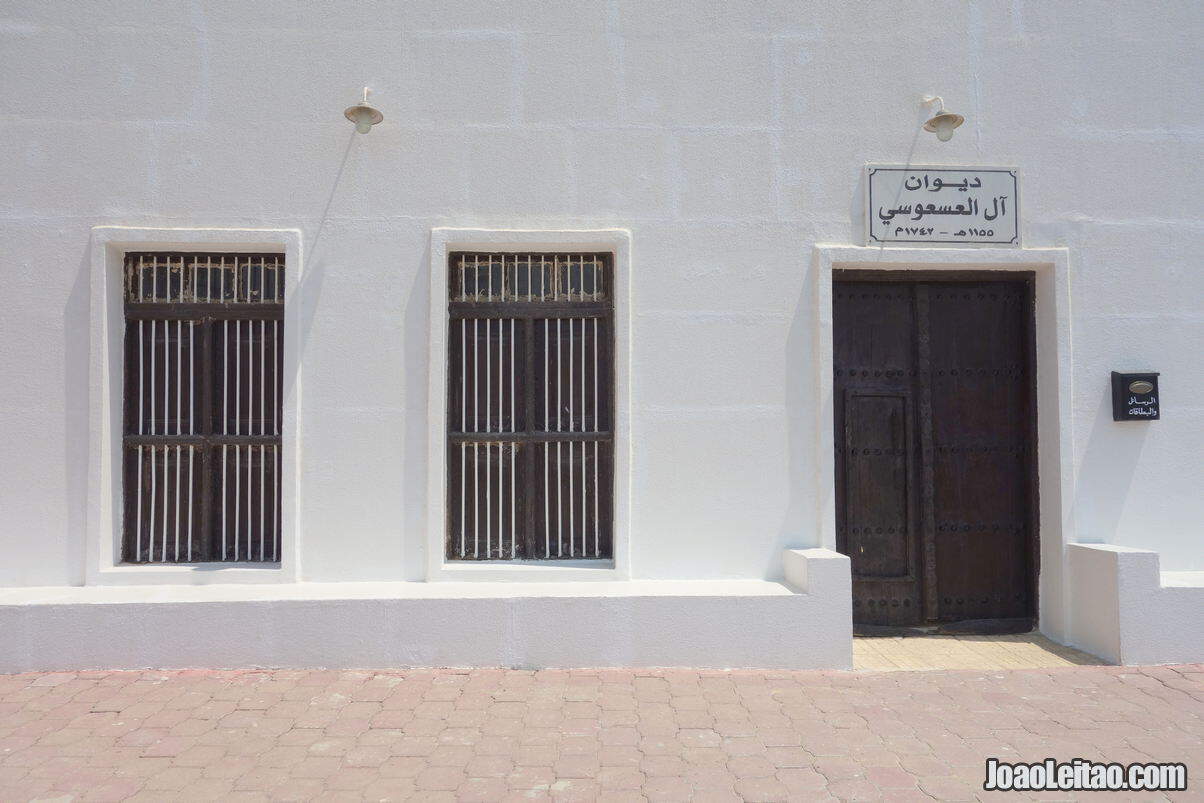
Day 1
Morning: Historic Zone of Kuwait City, Iraq Invasion Museum, Liberation Tower.
Afternoon: Museum of Science and Natural History of Kuwait, Museum of Modern Art, Kuwait Maritime Museum, Kuwait Towers and Dasman Beach.
2 Days in Kuwait City (48 hours)
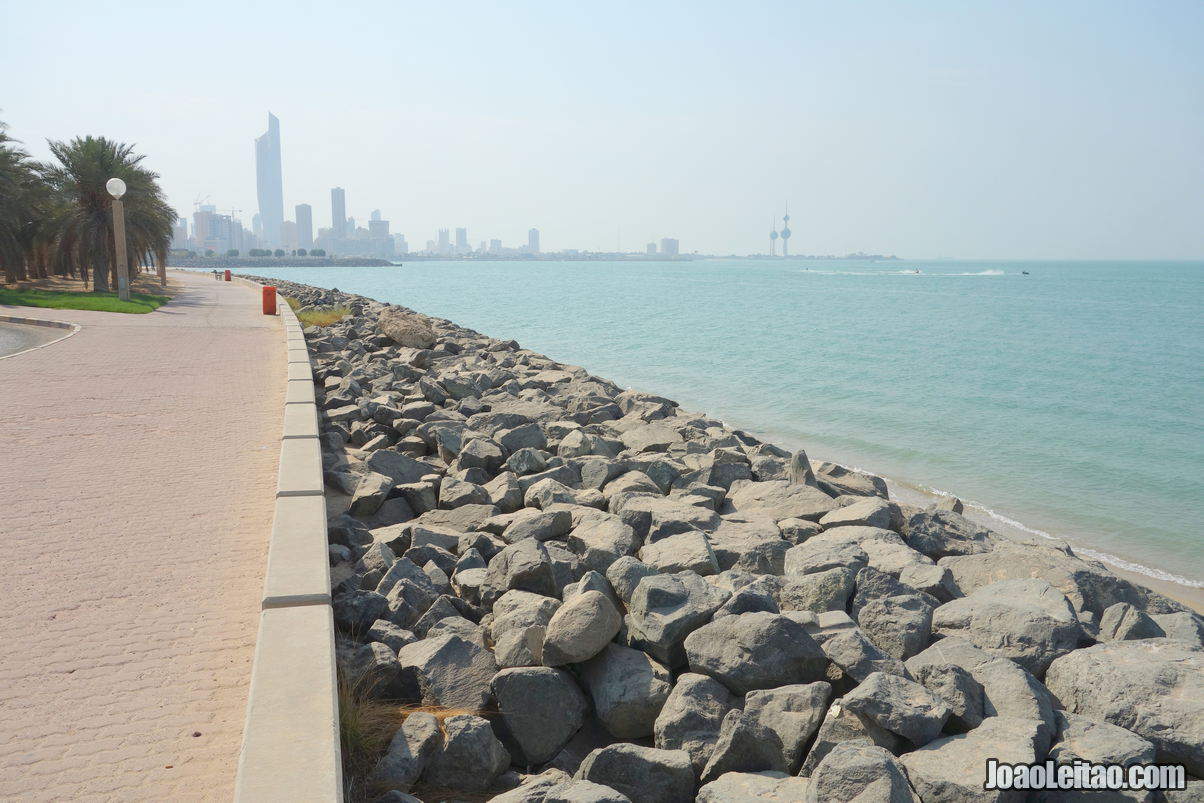
Day 1
Morning: Historic area of Kuwait City, Iraq Invasion Museum (Kuwait House for National Works Museum).
Afternoon: Museum of Science and Natural History of Kuwait, Souq Al Mubarakeya Market.
Day 2
Morning: Kuwait’s Great Mosque, Kuwait Towers, Fishing Port.
Afternoon: Museum of Modern Art, Kuwait Maritime Museum, Kuwait Towers and Dasman Beach.

